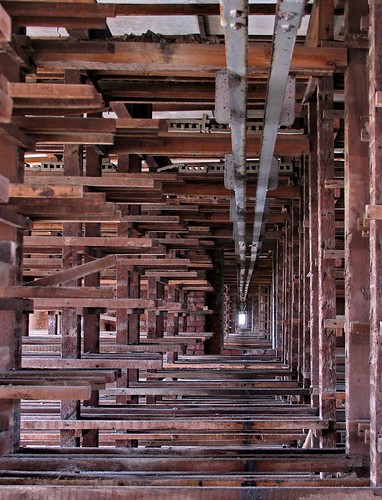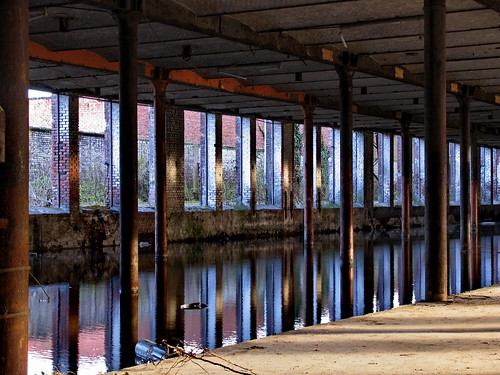(B) Kortrijk, Filature KTM, II
View set on Flickr
View slideshow on Flickr
On the ground floor there were some rectangular holes filled with water or some kind of fluid, we had to watch our steps.
Urban exploring: "Leave nothing but footprints, take only photographs"
Abandoned factories, hotels, castles, ... sad to see falling it into decay, but also charming and photogenic. Walking around in the past, totally forgetting about the present, I'm getting both excited about the beauty, and melancholic about the sadness of decay... it's like a drug, I'm addicted to it and end up everytime with an overdose of photos... Enjoy!
Posted by
X-it
at
21:21
1 comments
![]()
Labels: Belgium, factory, Filature KTM, industry, KKS, Kortrijk, Kortrijkse Katoenspinnerij, Kortrijkse Textiel Maatschappij, KTM, spinning-mill
Posted by
X-it
at
21:59
1 comments
![]()
Labels: Belgium, factory, Filature KTM, industry, KKS, Kortrijk, Kortrijkse Katoenspinnerij, Kortrijkse Textiel Maatschappij, KTM, spinning-mill

Posted by
X-it
at
21:53
0
comments
![]()
Labels: Belgium, factory, industry, Koramic, Kortrijk, Littoral, tile-works, Tuileries du Littoral
Posted by
X-it
at
22:51
0
comments
![]()
Labels: Belgium, factory, industry, Koramic, Kortrijk, Littoral, tile-works, Tuileries du Littoral

Posted by
X-it
at
22:28
0
comments
![]()
Labels: Belgium, factory, industry, Kortrijk, spinning-mill, Stoops, Tissage et filature Camille De Stoop, weaving-mill